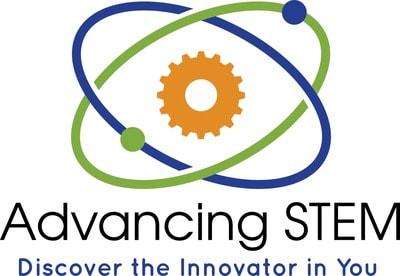|
Challenge
There are two moments in the year when the Sun is exactly above the Equator and day and night are of equal length. Do you know those two moments? Hint: One of those days is coming up this month. If you mentioned the first day of spring or autumn, you would be right with spring being the day this month. We call these days equinoxes, and in March, it’s the Spring or Vernal Equinox. Vernal means relating to spring and to understand equinox, we can look at the word origins. Equi comes from the word “equal” and nox is a Latin word for “night”. Equal, night which describes what happens on the Vernal Equinox. Your challenge this month has to deal with collecting data with sunlight and shadows. Set up an item near a window where the Sun shines or outside. Do not move this item once it is in position. Measure the length of the shadow at the same time of day for the month of March and record the data. Also, collect data for the amount of daylight and darkness for everyday in March and graph the results (https://www.timeanddate.com/sun/ is a great resource for this data collection). After the data is collected, your real challenge is to analyze the data in order to look for patterns. What do you notice about the shadows and daylight/darkness hours? What day was the Spring Equinox? What does this data mean or show with the Earth’s revolution? Why are the shadows changing length? When will the patterns noticed about the shadows change? When will the hours of daylight/darkness pattern change? Materials
Hints and Tips for Success
0 Comments
Your comment will be posted after it is approved.
Leave a Reply. |
